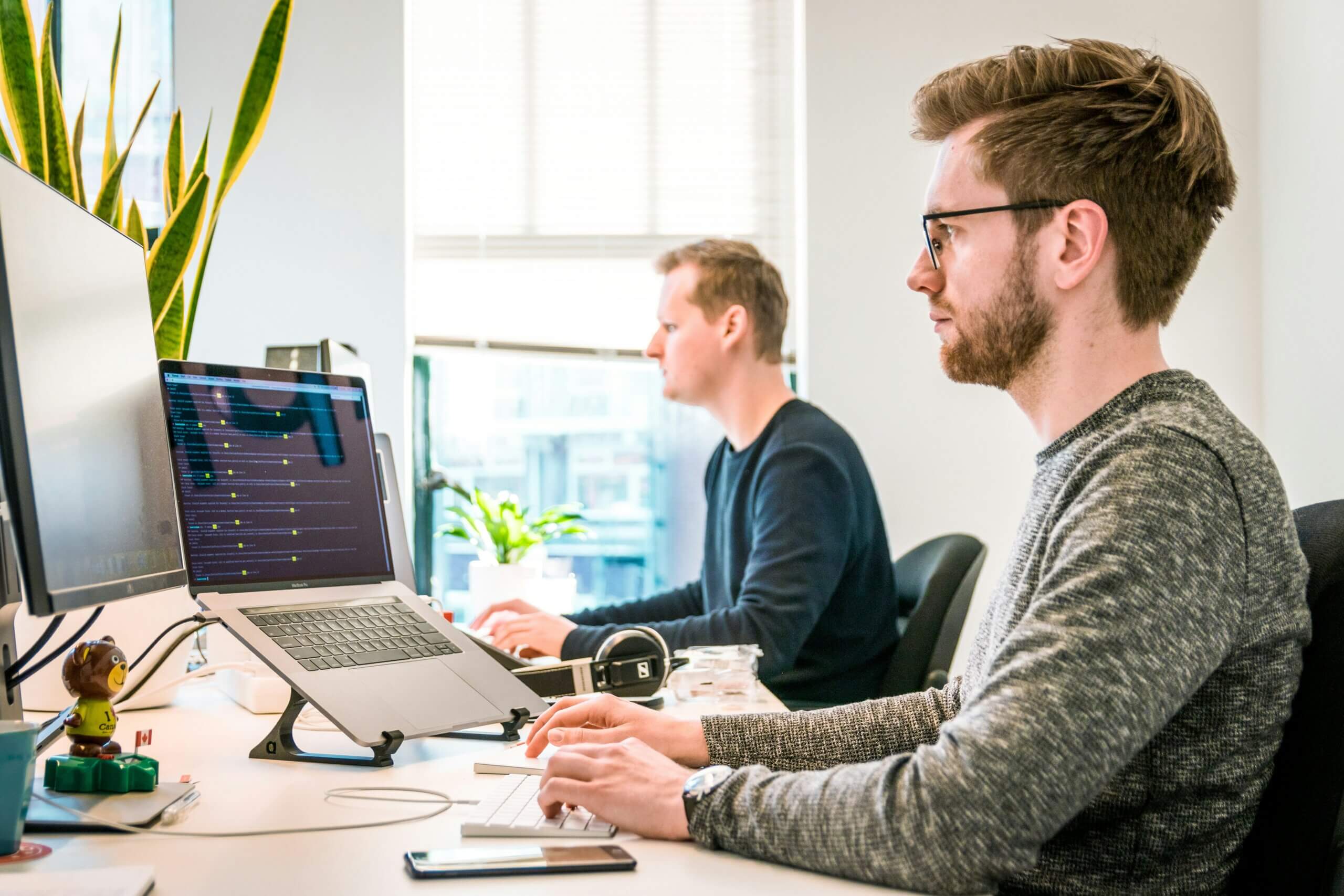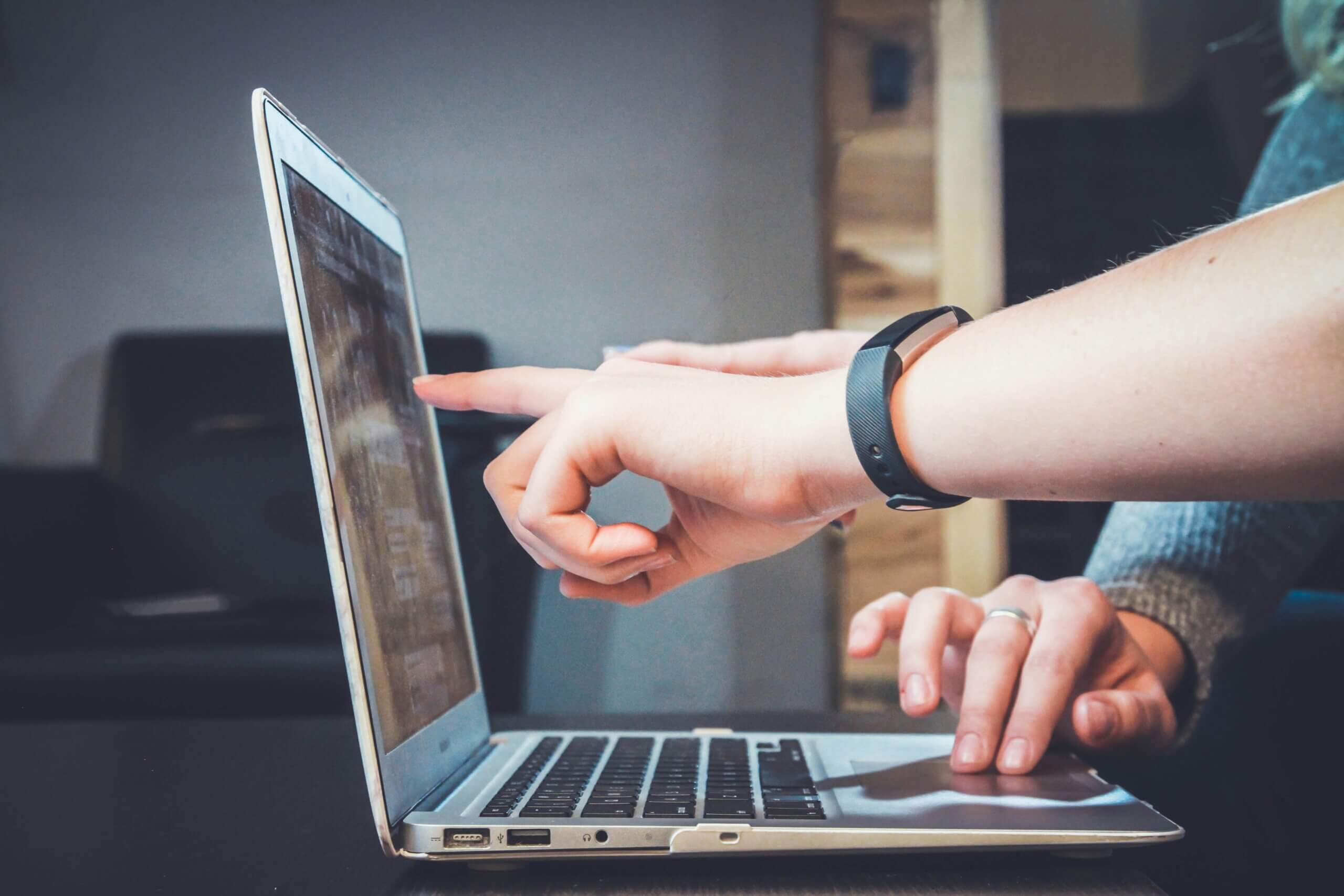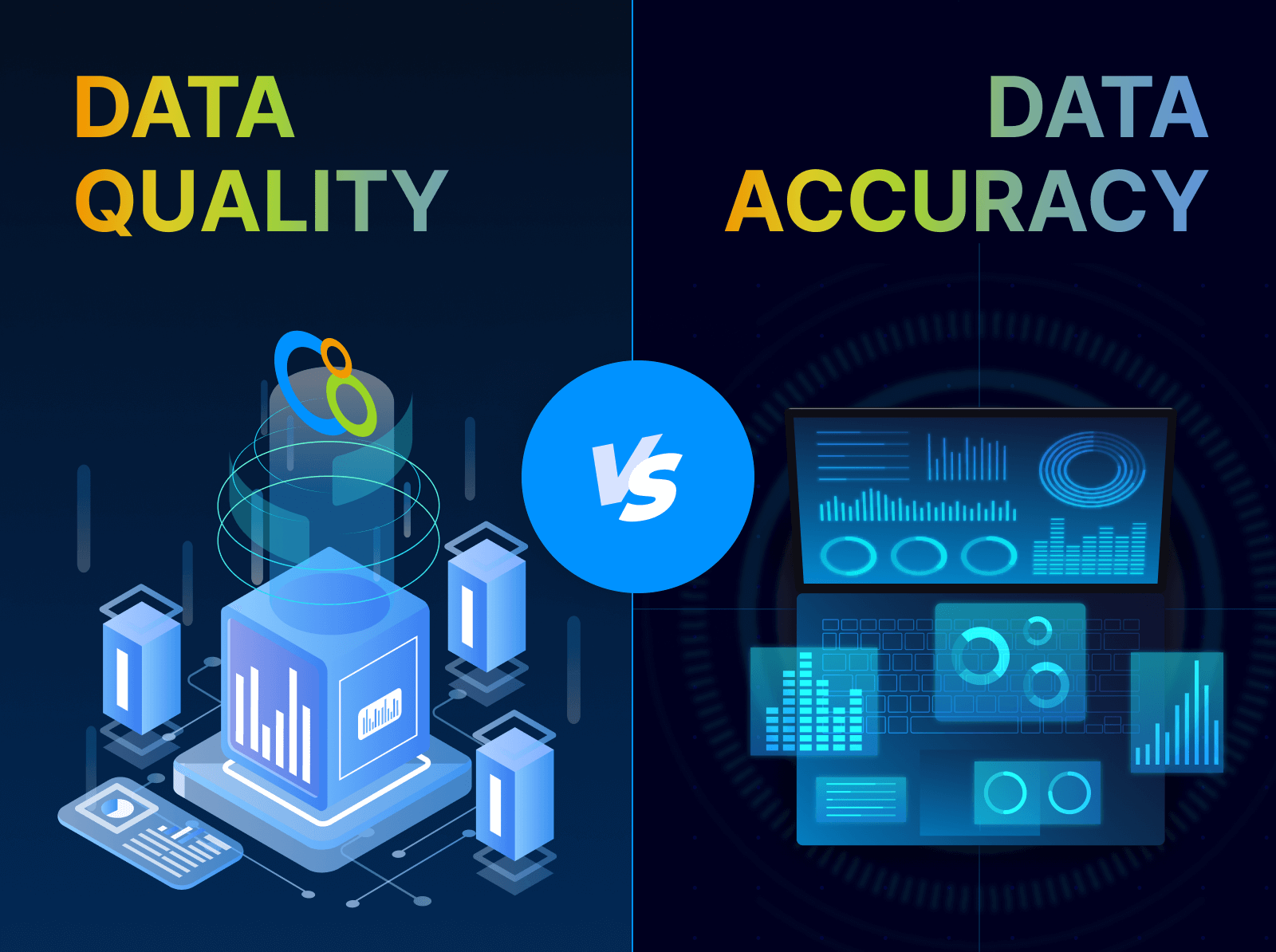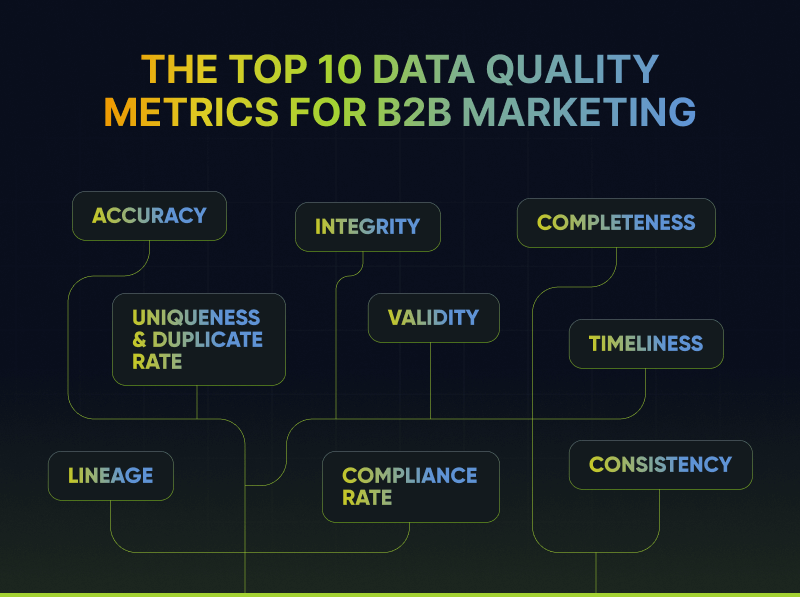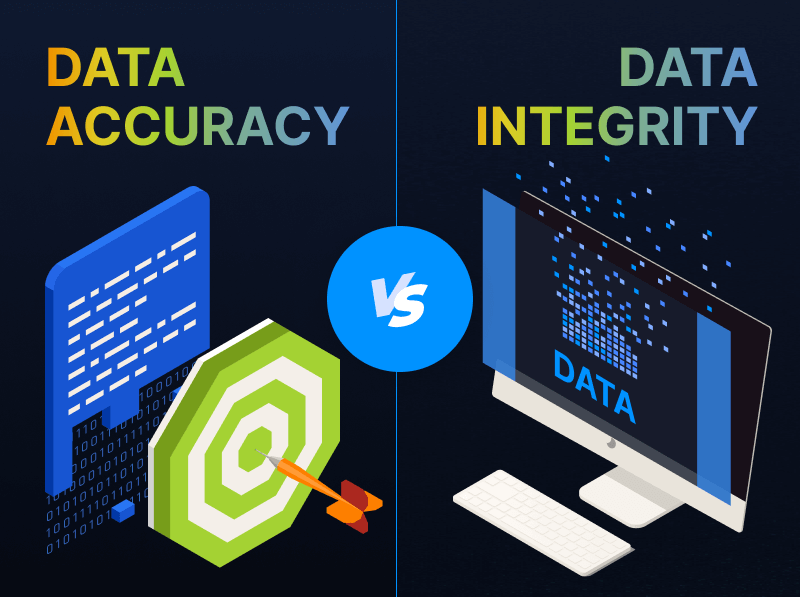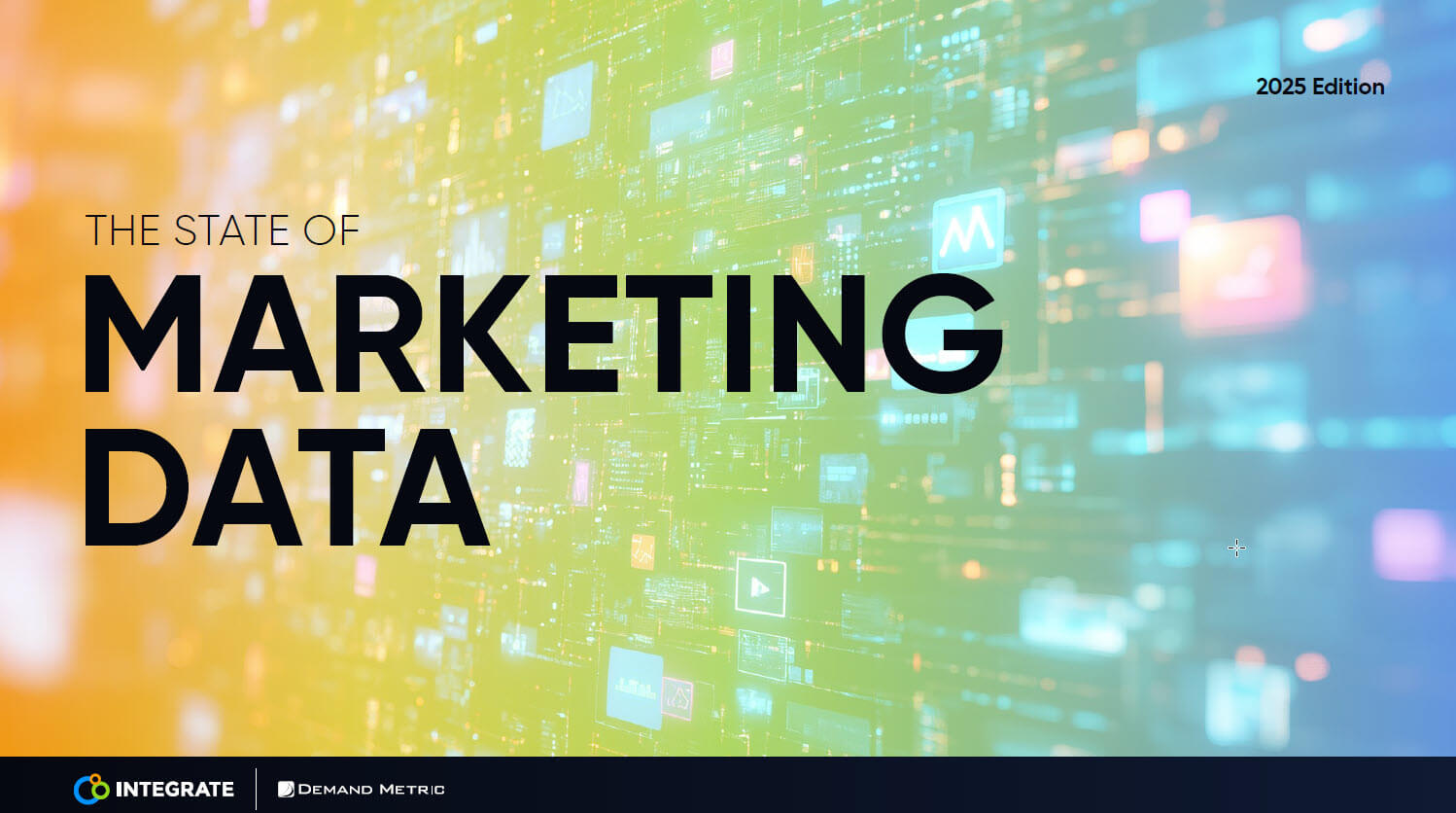Build a Smarter Path to Revenue and Customer Generation in 2020
Originally posted here on MarTech Today
The emerging focus is on orchestration, a next-level approach that builds off basic automation and adds new levels of intelligence in the process.
It’s 2020 and the B2B world is at an inflection point.
Thanks to the “Modern Marketing” revolution kicked off nearly a decade ago, we have endless amounts of tools, data, channels and options to understand, discover, engage, qualify, create and delight our customers and communities. We’re being called on to drive and impact business. High five to the B2B teams who are making it work.
Despite all the “stuff” we’ve assembled and the progress we made, our current marketing (and revenue) organizations, strategies, infrastructures, and efforts must evolve to breakthrough in 2020 and beyond. Demand silos, tech fragmentation, habitual bad data, and privacy compliance are just a few concerns to address in 2020.
Here’s my take on our current state and a productive path for the year ahead.
Anxiety and complexity creates friction in the buyer-seller relationship
The world around us is changing fast and we must change with it. We’re working and living in what psychologists and culturists have dubbed the “age of anxiety,” creating more complexity and challenges for every person and every business. More information, more data and more noise are coming at us from every angle, overwhelming our senses and leaving many of us unsure what to believe or how to keep up with the pace of change.
Case in point, B2B teams are pumping out loads of good content and buying teams have access to an unprecedented amount of information, yet buyers lack confidence to make decisions because of the confusion, rapid pace of new solutions and the high cost of making bad decisions. This creates anxiety for both parties. The pressure escalates for buyers as businesses need transformational change to thrive and survive and, simultaneously, demanding B2B executives push their sellers for pipeline and quarterly revenue numbers.
We’re unintentionally in a sales-marketing arms race
To pile on, sellers still have little access to buying teams who do research anonymously online and through peer networks. They struggle to find new buyers, accurately forecast the business and deliver predictable pipeline. To contribute, marketing joined the cause to generate qualified “leads.” The leads are sent to sales only to be rejected as “bad” or “invalid.” To try and improve quality, marketing has responded by building complex tech stacks, loading up on data and taking on traditional sales tasks such as account research, cold calling, follow up, discovery meetings and qualification. Sales’ counter-reaction? Build their own sales tech stack with a unique set of data and processes to find and engage buyers, essentially duplicating the effort. Before you know it, these teams are in direct competition with one another creating an arms race. The “everybody sells” pressure is making it harder for sales and marketing to work together effectively. Worse, it’s pushing away prospects who are ultimately the victims of the onslaught.
The shift from automation to orchestration is on
The sales and marketing automation-driven formula widely deployed today is tired: create content, push audience to a form, email (aka, nurture), and then call, call, call. Repeat with X number of automated cadences. We’ve been leaning on first-generation marketing automation platforms to help us become revenue marketers, but they’ve moved on and been absorbed into goliath software companies. So, we keep incrementally adding one-off tools resulting in a tech bloat and more siloed stuff to manage.
The emerging focus is on orchestration, a next-level approach that builds off basic automation and offers the added ability to unify data, systems, programs and experiences and adds new levels of intelligence in the process. Here are some orchestration examples in play today.
- Unification for better engagement, activation and measurement across channels and sources
- Connected experiences creating and delivering individual customer and account journeys
- Programmatic and predictive marketing via first-generation versions of AI and machine learning
- Activation of account-based sales and marketing “plays”
2020: Bet big on integrating all things revenue
We’ve spent decades trying to align sales and marketing (and now trying squeeze in customer success and product). To address the challenges and break through the noise, we need to move to an integrated revenue engine, governed and powered by a single set of data, processes and systems. The essentials needed, include:
- Integrate everything around customer and revenue. Now’s the time to move to an integrated revenue infrastructure, workflows, data architecture and organization fusing sales, marketing, customer success, finance and ops aligned with customer journey. Using data to measure requires ONE data architecture and model to provide a “single point of truth.” This allows everybody to work off the same data and each team to get a unique view of the analytics they need to do their job well. Expertise still flourishes in this world. NOTE: No need to nail it all in 2020, just commit and get on the path.
- Re-imagine and migrate to a revenue organization. Advanced orgs are establishing a group at the center of sales, marketing and customer teams that drives operational, analytics and intelligence to keep the effort integrated and functioning at high levels. Coined “revenue operations,” this approach can take the form of a fully integrated team or a hybrid of sales, marketing and finance with dotted lines to functional leaders. NOTE: Identify the org structure that works in your culture and business.
- Commit to common language, compensation and success metrics. Shared goals and metrics must be established together from top-funnel engagement to Lifetime Value (LTV). Comp plans must reward hitting company targets at their core, balanced with achieving specific objectives for each function and role. NOTE: Work with your C-team and HR leaders to re-shape metrics and comp.
The bottom line is we can’t wait on our industry to drive innovation. Real innovation must start with you, and your team. Like all breakout work, it begins with making the commitment and having the confidence to take control in today’s complex, high-anxiety world we compete in.
Want to learn more? Join our upcoming webinar featuring speakers from Sirius Decisions and Workfront…
The Dawn of Marketing Orchestration – Marketing Orchestration and How to Improve the Impact of Your Marketing and Revenue Generation January 29, 2020 9AM PST / 12PM EST / 5PM GMT


